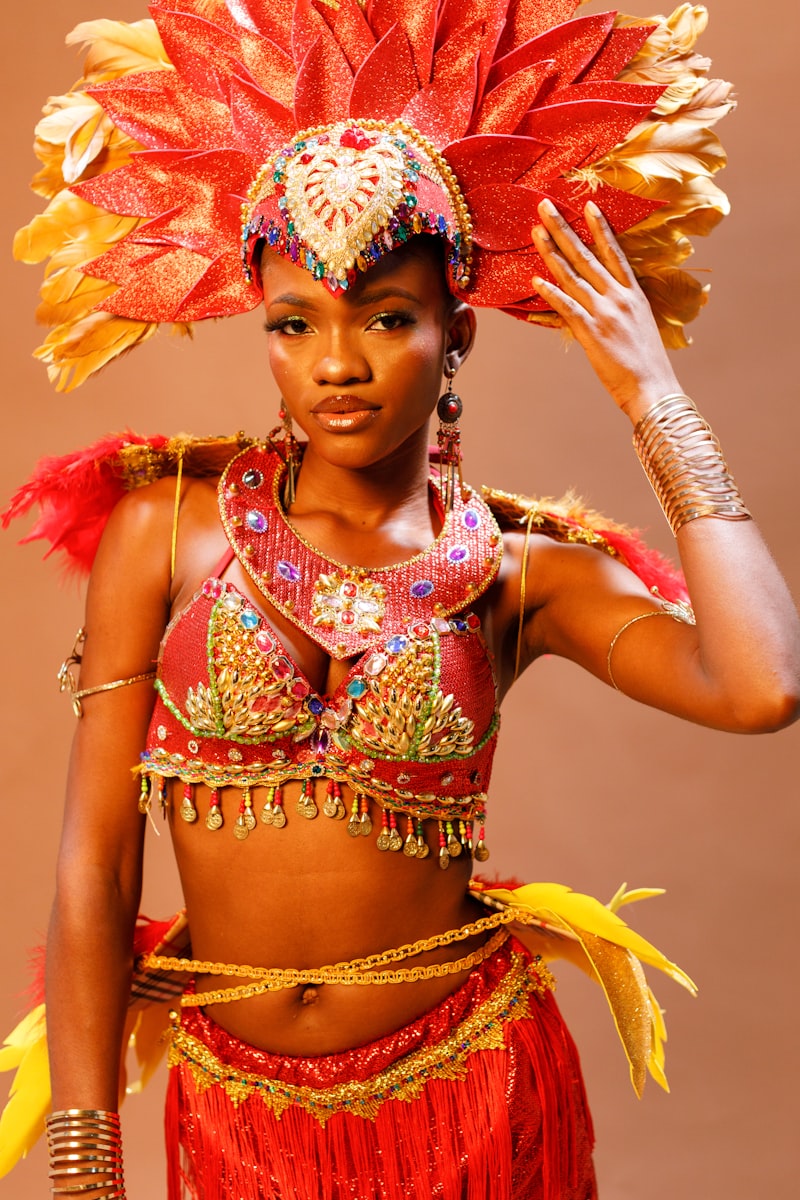Exploring Dress and Identity Transformation: Unveiling the Link Between Fashion and Self-Expression
Exploring Dress and Identity Transformation: Unveiling the Link Between Fashion and Self-Expression
Introduction
In a world where self-expression is paramount, the way we dress can dramatically transform not only how others perceive us but also how we perceive ourselves. This article delves into the intricate relationship between dress and identity transformation, illustrating how clothing styles, fashion choices, and cultural attire contribute to our personal and collective identities.
The Power of Dress in Shaping Identity
Dress serves as a powerful medium that communicates our identities. Whether consciously or unconsciously, the clothing we choose to wear can influence our mood, behavior, and interactions with others. Here are some key ways in which dress contributes to identity transformation:
1. Cultural Identity
Cultural attire often plays a significant role in shaping identity. Traditional garments represent heritage, history, and personal narratives, allowing individuals to express their cultural backgrounds. For instance, a sari for an Indian woman or a kimono for a Japanese woman not only reflect cultural identity but also connect individuals to their roots.

2. Professional Identity
The workplace often imposes certain dress codes that influence how individuals express their professional identity. For example, wearing formal business attire may evoke a sense of authority and competence. Conversely, a more casual outfit can convey creativity and approachability. The key is to align one's clothing choices with their professional persona, thus enhancing their identity in the workplace.
3. Personal Expression
Fashion trends enable individuals to showcase their personalities and values. From edgy streetwear to elegant formal wear, the choices people make in their dress can reflect their unique identities. The emergence of body positivity and inclusivity in fashion has also given rise to diverse representations of identity, encouraging people to embrace their individuality.
Transformation Through Clothing
The concept of identity transformation through dress is not merely a superficial change; it often signifies deeper psychological shifts. Let’s explore the layers of transformation that can occur:
| Type of Transformation | Description |
| 1. Confidence Boost | Wearing clothes that make one feel good can instill confidence, enabling individuals to present their best selves. |
| 2. Social Acceptance | Adapting style to fit in with a particular group can facilitate social acceptance and belongingness. |
| 3. Self-Discovery | Experimenting with different styles allows individuals to explore and discover facets of their identity. |
Confidence and Self-Esteem
The act of dressing up can transform a person's self-perception. Research shows that wearing clothes that align with one's personal style can lead to increased confidence and improved self-esteem. This psychological effect, often referred to as "enclothed cognition," highlights how clothing influences cognitive processes and interactions.
Social Dynamics
Our clothing choices can also impact our social dynamics. Dressing in a certain way can help forge connections with specific communities, and this social aspect of dress is essential in identity transformation. For instance, adopting the attire of a subculture can create an immediate sense of belonging and acceptance.
The Impact of Fashion Trends
Fashion trends cycle in and out, but their impact on identity transformation remains powerful. Popular culture, celebrity fashion, and social media heavily influence individual choices. People often look to their favorite celebrities as models for identity transformation using dress, perpetuating the idea that our clothing can alter our social standing and self-image.
Fashion as a Tool for Advocacy
In recent years, fashion has evolved from mere self-expression to becoming a platform for social change. Activists and designers use clothing to advocate for various causes, from sustainability to body positivity. By wearing clothes that promote social messages, individuals can align their identities with broader movements.
Case Studies in Dress and Identity Transformation
Numerous case studies illustrate the profound effects of dress on identity transformation. Below are a few noteworthy examples:
| Case Study | Description |
| 1. LGBTQ+ Community | Personal style plays a vital role in affirming identities within the LGBTQ+ community, allowing for freedom of expression. |
| 2. Cultural Revival Movements | Various cultural revival movements leverage traditional attire to reclaim identity and heritage in modern contexts. |
| 3. Intersectionality in Fashion | Diverse fashion designers are reshaping the landscape to reflect intersections of race, gender, and culture in fashion. |
The Future of Dress and Identity Transformation
As societal norms evolve, so too does the relationship between dress and identity transformation. The future may see a further blurring of gender lines in fashion, embracing an even wider array of styles reflective of personal identity rather than societal expectations.
Moreover, the sustainability movement is likely to play a significant role in changing how individuals engage with fashion and, consequently, their identities. Emphasizing ethical fashion practices can transform not just individual identities but the collective identity of society as consumers become more conscious of their choices.
Conclusion
In conclusion, the relationship between dress and identity transformation is multifaceted and powerful. Whether it’s through cultural attire that honors heritage or contemporary fashion that serves as a form of self-expression, the clothes we wear significantly impact how we define ourselves and navigate the world around us. As we continue to explore dress as a tool for personal and social transformation, it is crucial to remember that identity is an ongoing journey, with clothing being a pivotal chapter in this narrative. Individuals should embrace their unique styles, as these choices not only reflect their identities but also contribute to the rich tapestry of human experience.
Key Takeaways:
- Dress is a powerful facilitator of identity transformation.
- Cultural and professional attire significantly influence self-expression.
- Fashion trends can have profound effects on personal identity and social dynamics.
- Advocacy through fashion is increasingly important in shaping identities.
- As society evolves, so will the interplay between dress and identity.
